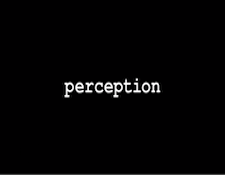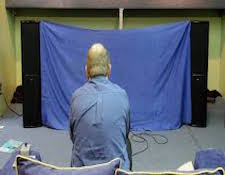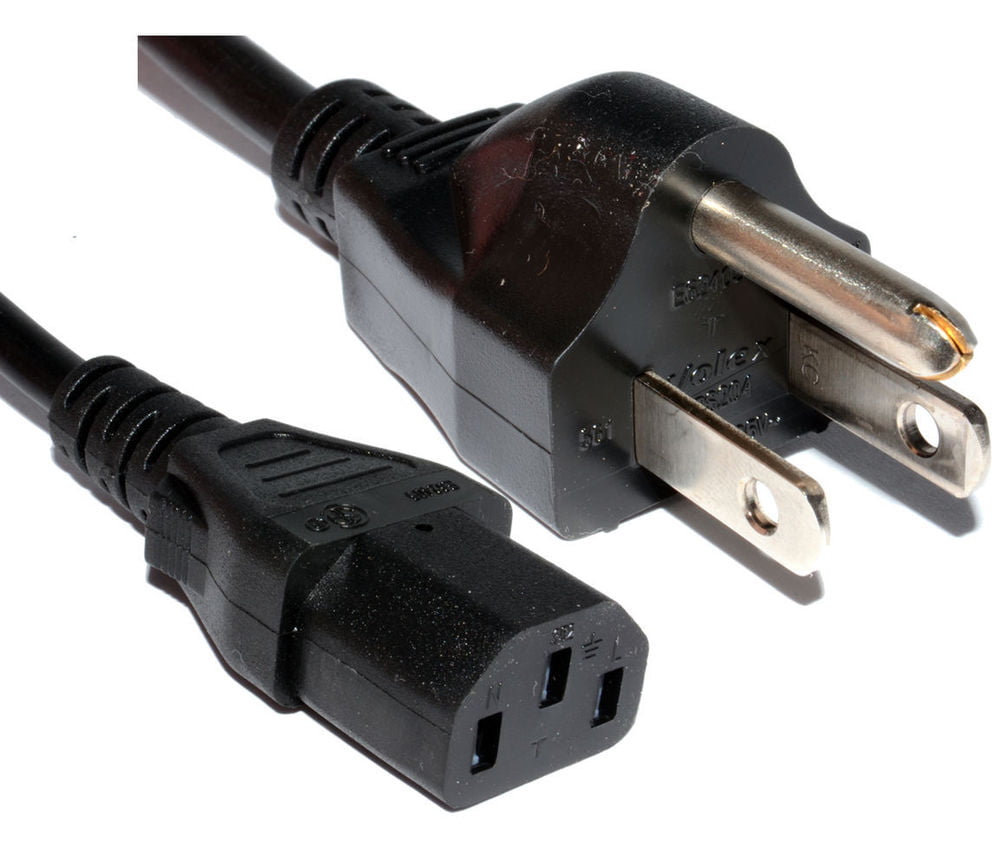It’s the time of year for saving money!
In manufacturing, the Law of Diminishing Returns is defined as “the decrease in the marginal (incremental) output of a production process as the amount of a single factor of production is incrementally increased, while the amounts of all other factors of production stay constant.” What this law essentially means is that, for instance, if you had an assembly line, there is a point at which adding more workers to the line actually decreases production, not increases production. Once the line has reached a certain point in personnel, adding more people makes things too crowded and efficiency is reduced proportional to the number of added personnel. Manufacturing and economics are not the only use of this “law.” It also has perceived applications in high performance audio.
 In audio parlance, and not by any structured definition, the “audio” law of diminishing returns purports that at some point, the cost of the product being purchased cannot possibly deliver an equal amount of increased or proportionally better sonics. Actual cost seems to have a fairly profound effect on this. A significant sonic gain may generally be realized between a component that costs $2000.00 and a similar one costing $22,000.00. However, as the overall cost increases, the increased sonic gain is not as noticeable – like the sonic difference between a $100,000.00 component and one whose cost is $120,000.00. There is an equal difference in purchase price, but because the $100,000.00 product is so good in its own right, the more expensive counterpart isn’t capable of a commensurate sonic increase as compared to the lower cost example.
In audio parlance, and not by any structured definition, the “audio” law of diminishing returns purports that at some point, the cost of the product being purchased cannot possibly deliver an equal amount of increased or proportionally better sonics. Actual cost seems to have a fairly profound effect on this. A significant sonic gain may generally be realized between a component that costs $2000.00 and a similar one costing $22,000.00. However, as the overall cost increases, the increased sonic gain is not as noticeable – like the sonic difference between a $100,000.00 component and one whose cost is $120,000.00. There is an equal difference in purchase price, but because the $100,000.00 product is so good in its own right, the more expensive counterpart isn’t capable of a commensurate sonic increase as compared to the lower cost example.
Of course there are those that feel the $2000.00 component is more than adequate for enjoyable listening and the $100,000.00 component is wasteful regardless of how it sounds. In short, it can’t possibly sound remarkable enough to ever justify the cost. A commonly viewed opinion is that anyone who purchases such a component either has more money than good sense or is really just showing off. Such viewpoints are part of the “audio law.”
I’ve always felt like the audio version of the “law” is as much about perception as it is about actual, identifiable, measurable results. In the manufacturing definition, the cost of the number of personnel on the assembly line can be quantitatively assessed and compared to the value of the throughput production. When the cost of personnel reaches the point at which the value of production is no longer economically tenable, then diminishing returns apply.
 As it relates to audio, so much of the definition of “diminishing returns” is largely based on perception – what any one individual is capable of hearing and what their individual budget allows them to purchase. A $2000.00 system will produce a sonic quality on one level. A $200,000.00 system will produce sonics on a higher level. Does it therefore mean the lower cost system cannot be enjoyed? Of course not. However, does it also, and definitively, mean that the higher cost system cannot ever be worth the cost, regardless of the sonics? Don’t you think it depends on the listener? I certainly do, and is therefore the basis of the opinion that audio diminishing returns is largely a subjective definition.
As it relates to audio, so much of the definition of “diminishing returns” is largely based on perception – what any one individual is capable of hearing and what their individual budget allows them to purchase. A $2000.00 system will produce a sonic quality on one level. A $200,000.00 system will produce sonics on a higher level. Does it therefore mean the lower cost system cannot be enjoyed? Of course not. However, does it also, and definitively, mean that the higher cost system cannot ever be worth the cost, regardless of the sonics? Don’t you think it depends on the listener? I certainly do, and is therefore the basis of the opinion that audio diminishing returns is largely a subjective definition.
System cost is certainly the main contributing factor and cannot be ignored. Generally speaking, I don’t see a lot of value in the much discussed in audio circles, blind A/B tests. I’ve always felt that if I like a specific component or cable in my system, and if I’m the only judge I need to satisfy, then blind testes really aren’t necessary for my listening enjoyment. However, in this case, I’ll allow that a blind test of a $2000.00 system compared to a $200,000.00 system might be interesting. If the more expensive system proves to be more universally enjoyed by a listening panel, and the listeners don’t know the individual system costs, does that draw any real conclusions as it applies to an audio diminishing return? My guess? No, it really doesn’t.
 Tell the listening panel the cost of each system and what conclusions might then be drawn? There will be those that shun the expensive system due only to cost, some that will prefer the costlier system but can’t afford it, and some that won’t really care. And if those scenarios are in any conceivable way possible, then the subjective banner must therefore be applied to the audio version of “diminishing return.”
Tell the listening panel the cost of each system and what conclusions might then be drawn? There will be those that shun the expensive system due only to cost, some that will prefer the costlier system but can’t afford it, and some that won’t really care. And if those scenarios are in any conceivable way possible, then the subjective banner must therefore be applied to the audio version of “diminishing return.”
It also seems quite natural that the person with the very expensive system will be viewed by some as having spent whatever amount of money both foolishly and unnecessarily. Is this based on anything other than a biased opinion? Is the person with the $2000.00 system always correct and the person with the $200,000.00 system always wrong? I suppose it depends on the ability of each to afford an audio system and the least acceptable level of sonic performance either might demand.
I have a friend who has a system valued at about $4000.00 that he absolutely loves. My system, by comparison, is more expensive and sounds much better. That doesn’t deny the fact that my friend calls me about once a week to tell me about a new piece of music he purchased, how much he enjoyed it, and how remarkable it sounds on his system. Oddly enough, I’m basically doing the same thing with him. Best of all, neither of us is in any way wrong or incorrect. We both love our respective systems.
Where then, is the diminishing return in that? Is this not simply a product of what any one individual may justify in system cost and the perception of what that system sounds like? In the end, this is really nothing more than another of the many things we audiophiles love to debate – despite the fact that we’ll probably never reach any consensus of opinion.









What you fail to mention, is twofold for me. First, the jump from $2000 and then $200000 is not a very good premise to compare for value! You need to have a set amount of steps in between. This is far more subjective and less subjective from a scientific point of view. Then the actual manufacturing cost! Some would say it doesn’t matter…but it does. If many people are willing to shell out for extreme high end systems and keep doing it, it encourages manufactures to keep producing them!
When you compare a $2000 system to a $200000 system, how is that objective? IF that was people ONLY option, then maybe, but for me, I don’t want to give my hard earned money to these companies to boost their profits! How much did it cost to develop and produce that $200000 system? I would go as far as saying not too much more than the $2000 system! The knowledge has been around for a long time on how better materials make a better component. No brainer there! The other part of the equation would be research and development of more optimized engineering…Again, no brainer there, but 100 times the cost???? I don’t think so.
So what it comes down to is human nature! If I have to go out of my way and build a listening room to accommodate a $2000 system and then do the same again down the road for a $200000 system, there is something wrong here. Sonics, being equal, shouldn’t really matter! A $200000 system should work to it’s potential in the same environment as the $2000 system! For my $2000 system, don’t I want to maximize it’s potential? OF COURSE! The law of diminishing returns IS subjective, but it is objective in it’s meaning and use. IT’S HUMAN NATURE that is in question and is subjective!